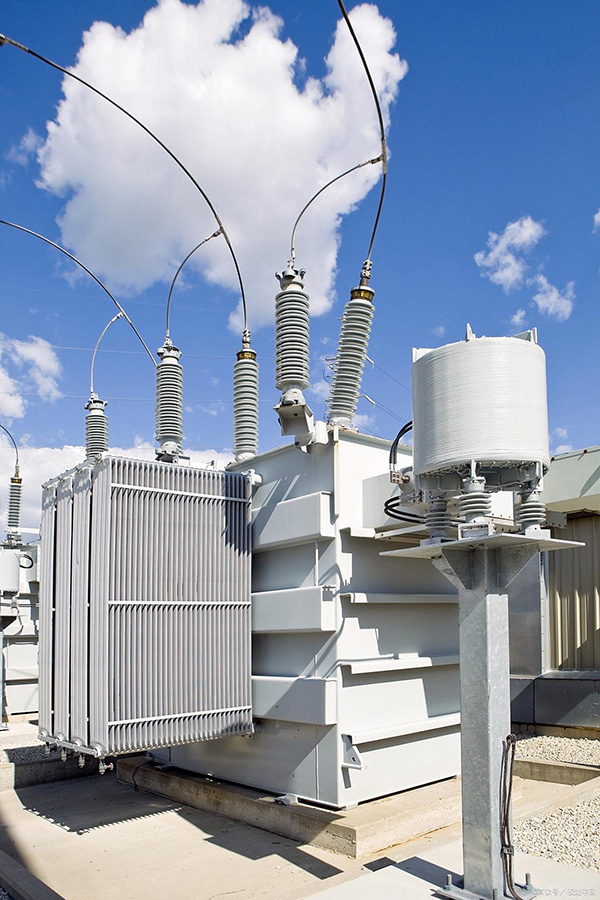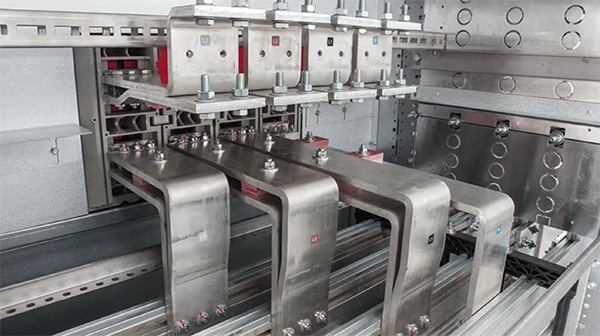Electrical grade aluminum bus bar
While various aluminum grades exist, the core principle for electrical applications is purity. Typically, the aluminum content must exceed 99.5%, as purity is the fundamental determinant of conductivity—higher purity translates to lower electrical resistance and reduced energy loss. Alloys 1060 and 1350 are two prominent representatives in this field.

Common Ground of 1060 and 1350 Aluminium busbars
Despite their individual specializations, both 1060 and 1350 are built upon a shared foundation of quality:
High Purity: Both belong to the industrial pure aluminum series, with a minimum aluminum content of 99.6%, minimizing the impact of impurity elements.
Conductivity Leaders: Their high purity grants them excellent electrical conductivity, significantly superior to aluminum alloys like 6061, making them a cost-effective alternative to copper busbars.
Inherent Corrosion Resistance: Upon exposure to air, their surfaces instantly form a dense, passive oxide layer, acting as "invisible armor" that effectively resists environmental corrosion and ensures long service life.
Superior Formability: Their soft nature and high ductility make them ideal for complex bending, stamping, and cutting processes, easily adapting to various structural design requirements.
Economic Advantage: They offer substantial savings in material cost and overall weight compared to copper busbars, while delivering similar conductive performance.

The Nuanced Distinction: A Closer Look at 1060 vs. 1350
While sharing many attributes, their paths diverge in specialization. 1350 is revered in the industry as the "Specialist." Its composition and processing are specifically tailored to maximize electrical conductivity, achieving a resistivity of approximately 61.0% IACS. It is a material born for one primary purpose: the highly efficient transmission of electrical power.
In contrast, 1060 can be considered the "All-Rounder." It maintains very high purity (typically 99.6%) and excellent conductivity (approximately 61% IACS), while often offering a more balanced profile in terms of formability and corrosion resistance, granting it wider applicability.

Application-Based Selection: A Practical Guide
Choose 1350 Aluminum Busbars when your project demands:
Peak Performance: For critical power infrastructure like large power transformers, high-voltage switchyards, and long-distance transmission lines, where minimizing every watt of loss is paramount.
Standard Compliance: When project specifications or international standards (e.g., ASTM B236) explicitly mandate the use of "electrical grade" aluminum. 1350 is the unequivocal choice for compliance.
Lifecycle Value: The priority is ultimate performance and efficiency over the system's decades-long lifespan, justifying the investment for even marginal gains.

Choose 1060 Aluminum Busbars when your project demands:
Optimal Balance: For applications like low-voltage distribution systems, general-purpose enclosures, or busbars within battery packs, where an ideal balance between conductivity, manufacturability, and corrosion resistance is key.
Cost-Effectiveness & Availability: To achieve significant cost savings and benefit from a wider, more flexible supply chain, all while meeting the required performance specifications.
Complex Fabrication: When the busbar design involves deep drawing, multiple bends, or other intricate processes, 1060's superior overall workability helps reduce manufacturing challenges and scrap rates.

Ultimately, the choice hinges on the dichotomy between "Specialized Excellence" and "Versatile Economy." For the core electrical grids that power our world, 1350 is the specialized, high-performance foundation. For the vast landscape of general industrial and commercial applications, 1060 represents the intelligent choice, successfully marrying reliability with cost-effectiveness. Understanding this distinction is key to selecting the most powerful and efficient "aluminum core" for your next project.








